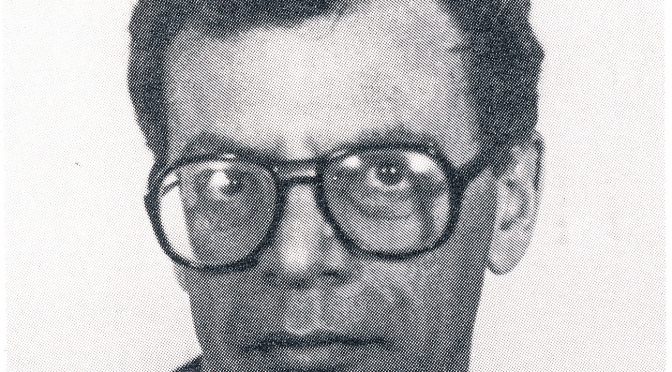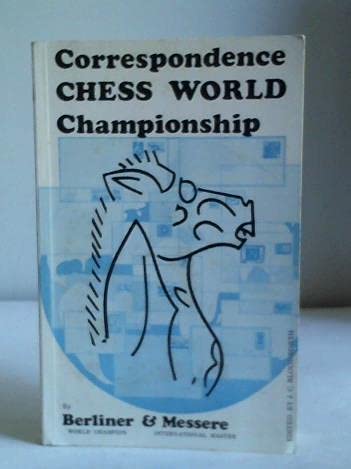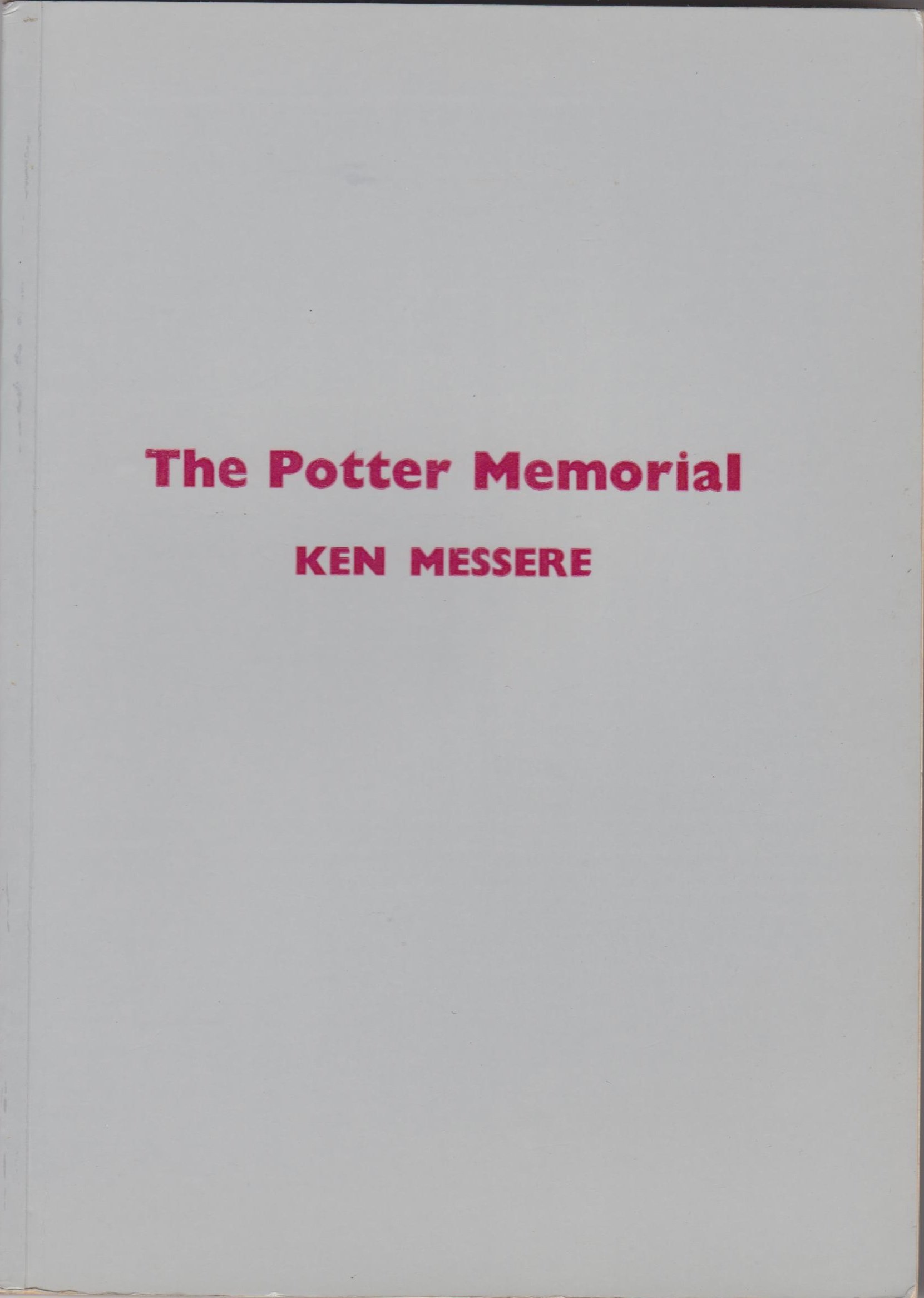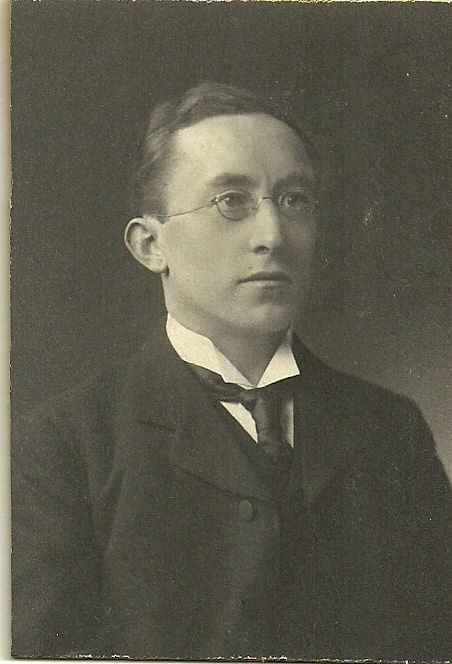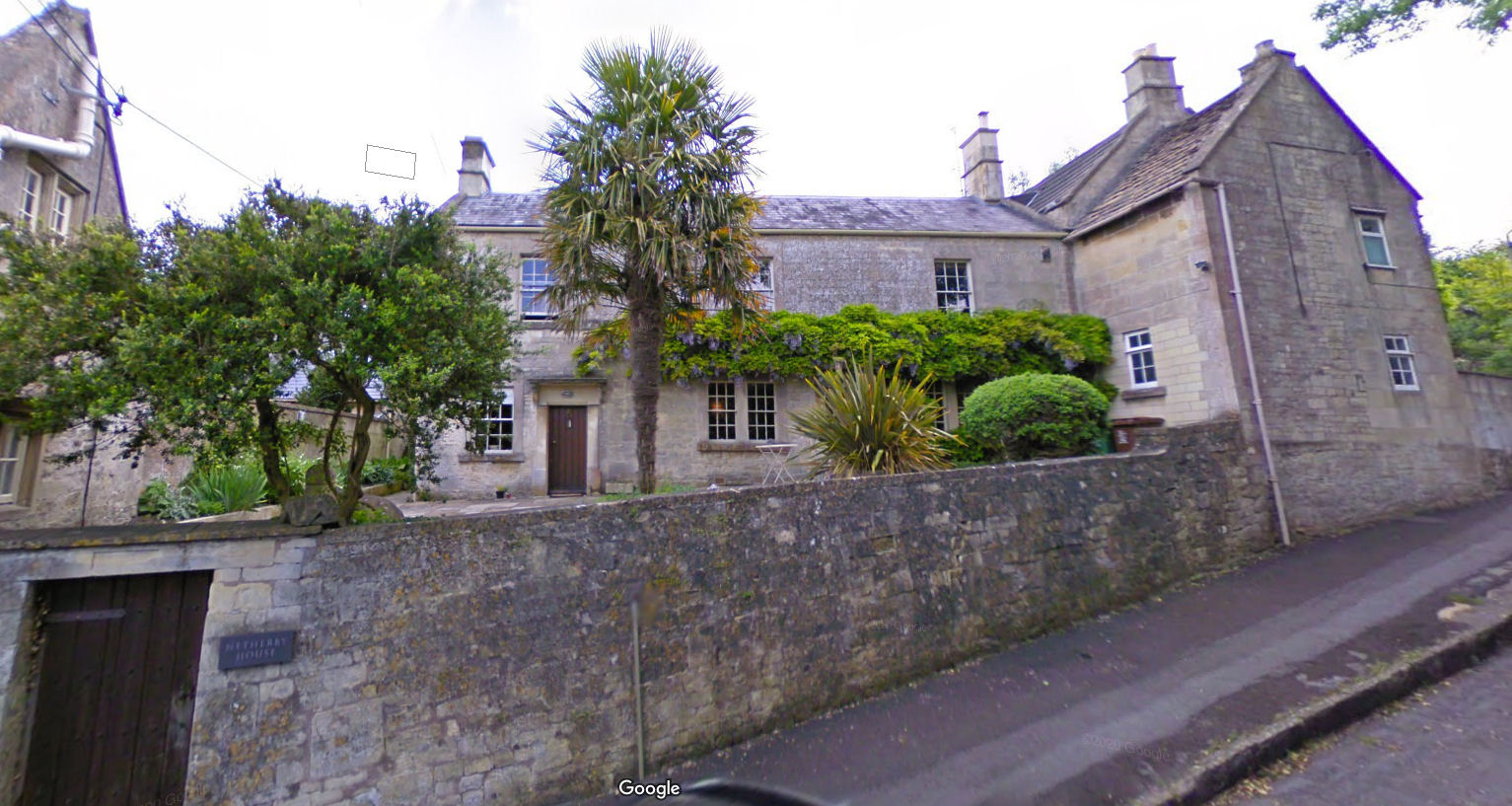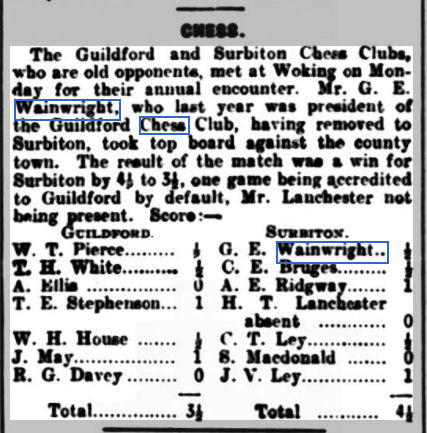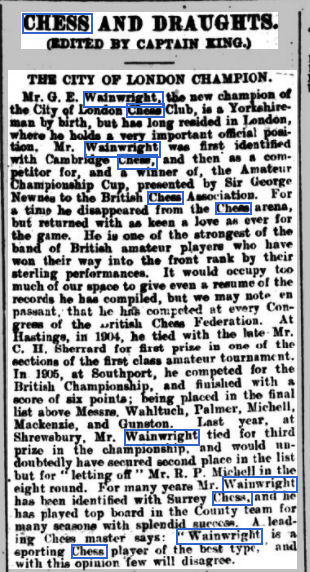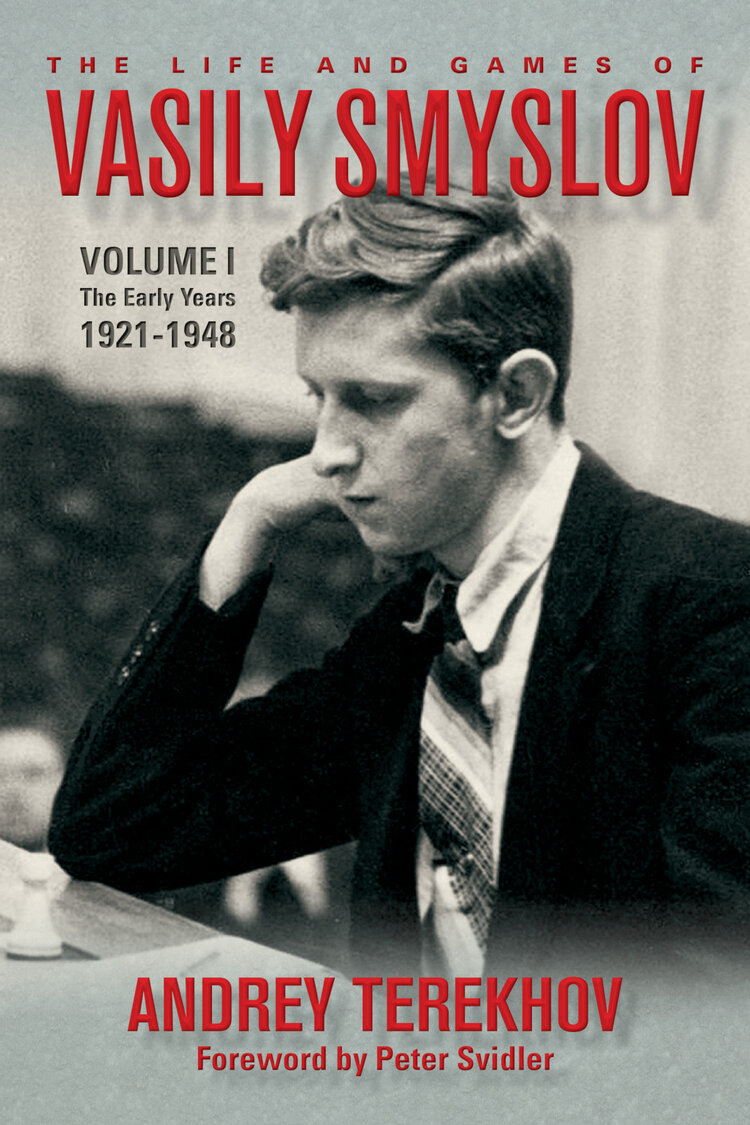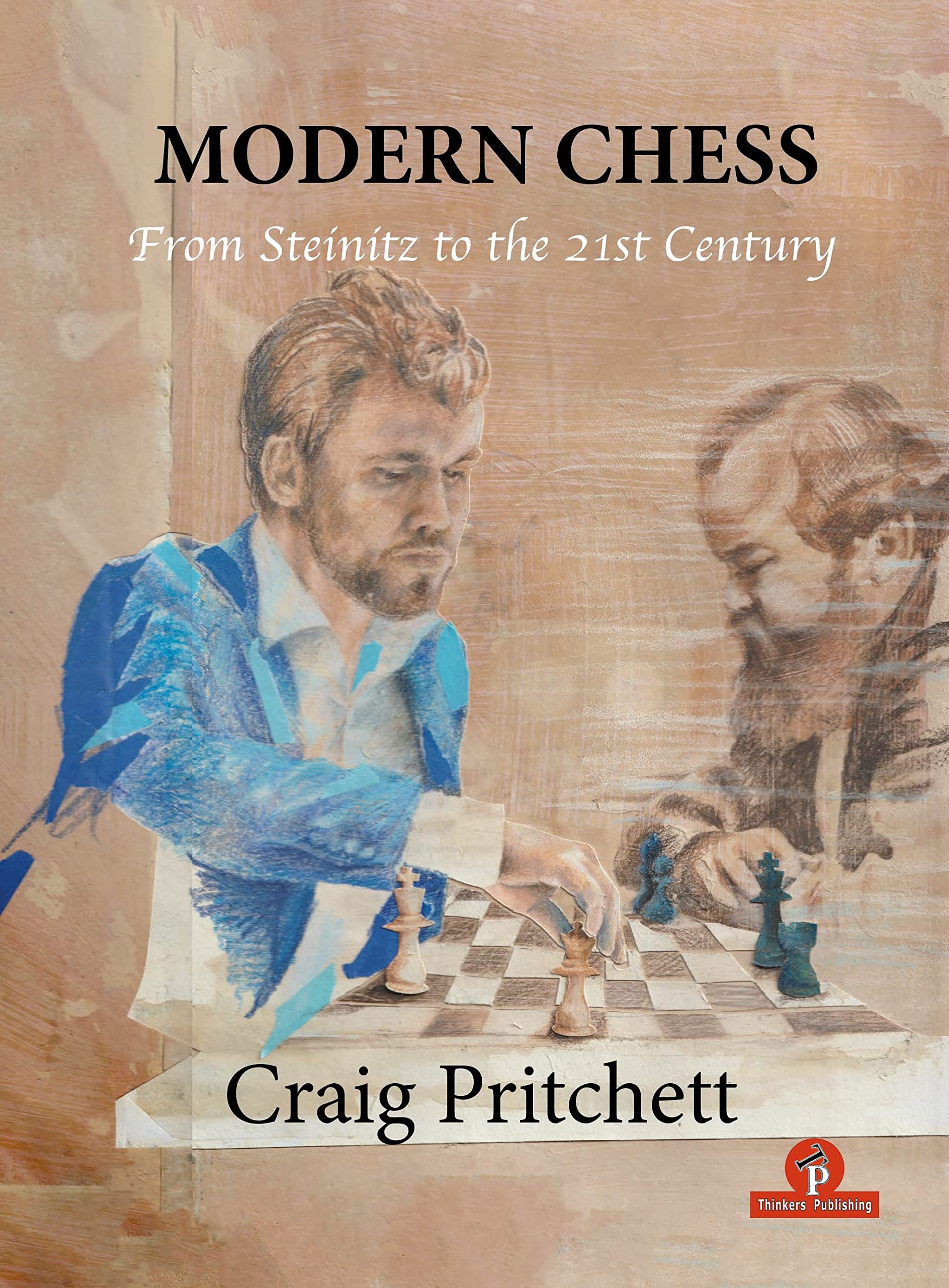
From the publishers’ blurb:
“The revolutionary Wilhelm Steinitz (1836-1900) considered himself to be in the vanguard of an emerging, late-19th century ‘Modern’ school, which embraced a new, essentially scientific vitality in its methods of research, analysis, evaluation, planning, experiment and even belligerent fight. Steinitz, who dominated the chess world in the shadow of a more directly attacking, openly tactical and combinative, so-called ‘romantic’ age, established a much firmer positional basis to chess. A pivotal change! This book follows that story, both before and beyond Steinitz’s early ‘modern’ era, focusing closely on the subtly varied ways in which the world’s greatest players in the last two centuries have thought about and played the game, moving it forward. The author reflects on all sixteen ‘classical’ world champions and others, notably: C-L. M. de la Bourdonnais, Adolf Anderssen, Paul Morphy, Siegbert Tarrasch, Aron Nimzowitsch, Richard Réti, Judit Polgar and the contemporary Artificial Intelligence phenomenon, AlphaZero. Be inspired by this exploration of the ‘modern’ game’s roots and trajectory!”

“Craig Pritchett (b 1949) is a former national champion and international master (1976), who represented Scotland in nine Chess Olympiads (1966-1990), including four times on top board (1974-1980). Gold medal winner on top board for Scotland at the European Seniors (60+) Team Championship in 2011, he continues to compete regularly at Senior and Open events. Chess Correspondent for the Scottish newspaper The Herald (1972-2006) and East Lothian Life (since 2005), he has taught and written widely on chess, specialising latterly on the historical development of chess thought and the fascinatingly wide differences in players’ chess styles. A University of Glasgow graduate in Modern History and Politics and a Chartered Public Finance Accountant, he also worked for many years in UK central government audit. President of his local Dunbar Chess Club, he has also long been associated with three major chess clubs: Edinburgh West, Barbican 4NCL and SK Berlin-Zehlendorf.”
From the author’s introduction:
This book takes the reader on a journey from early 19th century developments in the game up to the present-day.
And:
Today’s top players still borrow from the best games and ideas of past generations. Do join them!
I wrote this book primarily to explore, confirm and convey my own understanding of this grand sweep of chess history.
What we’re offered here, then is a brief history of top level chess from 1834 to the present day, looking at both the development of chess ideas and the world championship itself. As you’d expect, the text is illustrated with games, annotated in a refreshingly straightforward fashion, and there are also a few photographs of the book’s heroes. An ambitious project, following in the footsteps of many other authors from Réti onwards. Not the first book of this type I’ve reviewed here either: but I wasn’t particularly impressed with this offering from two years ago.
We start then with Bourdonnais and McDonnell from 1834. Pritchett is impressed with their ‘calculating powers and creative imaginations’, and you will be too.
Most readers will have seen the extraordinary 62nd game before. I decided to ask Stockfish 14 to have a look. The notoriously hard to please engine was also impressed, but had one issue.
Here, Bourdonnais played 25… Qe3+, when 26. Rf2 would have held, according to both Pritchett and Stockfish. Pritchett also mentions that 25… Ba6 27. Qxa6 favours White: Stockfish 14 thinks Black’s winning after 27… e4!. A remarkable position which you might want to look at yourself. Perhaps Craig was using an older engine.
The theme of tactical brilliance continues with Anderssen, and, inevitably, we see the Immortal and Evergreen Games. Of course most readers will have seen them many times before, but there will always be those new to chess history who will relish witnessing them for the first time.
We then move onto Morphy and Steinitz, which is where the story becomes more complex and therefore more interesting. Pritchett is good at outlining Steinitz’s professionalism, opening research and patience at accumulating small advantages.
Pritchett describes this game as an early ‘hypermodern’ masterpiece, created decades before the term itself even existed, of a most insightful and visionary kind. (Click on any move of any game in this review for a pop-up board. I’ve used Stockfish 14 to annotate the games: readers might like to compare them with the author’s annotations in the book.)
This takes us into what, for me, is the strongest part of the book, covering the last few decades of the 19th and the first few decades of the 20th century. It’s excellent that Pritchett includes sections on Tarrasch and the Hypermoderns along with Lasker and the other world champions. Readers of Ray Keene’s masterpiece Aron Nimzowitsch: A Reappraisal will be aware that he wrote insightfully about the feud between these two players who had very different views about how chess should be played.
Almost half a century on, Keene’s contemporary Pritchett, takes a rather different approach, seeking to find a synthesis between the two. He quite rightly praises Tarrasch’s books Dreihundert Schachpartien and Die Moderne Schachpartie, although accepting that he could at times be over-dogmatic.
If you’ve never studied the games of the 1893 Tarrasch – Chigorin match do yourself a favour and have a look. One of the greatest matches in chess history, in my opinion.
Pritchett offers us the 4th game, although his annotations fail to point out Chigorin’s missed wins at moves 29 and 32.
Moving on from Tarrasch, via Lasker, to Nimzowitsch, Pritchett is just as complimentary about My System and Chess Praxis as he is about Tarrasch’s books, telling us that together they offer a wealth of insightful exposition of the new paths that the game was beginning to take in a post-classical era.
The contrasting champions Capablanca and Alekhine then follow, as stylistically different as Tarrasch and Nimzowitsch were in terms of their ideas and both interpreting their teachings in different ways.
Euwe only merits a very short chapter, and, as you might expect, the Pearl of Zandvoort, the Dutch champion’s most famous game, is demonstrated.
Botvinnik then takes us beyond the Second World War and into the latter half of the 20th century, at which point the tone of the book seems to undergo a gradual change.
As FIDE took over the organising the World Championship (with a break between 1993 and 2006) Pritchett’s narrative becomes more a list of world championship matches than a study of the development of ideas. We meet Smyslov, Tal, Petrosian and Spassky, four players with very different styles. Then, of course, Fischer, Karpov, Kasparov, Kramnik, Anand and Carlsen.
The book ends with chapters on Judit Polgar, understandable in these days where representation is considered so important, and Alpha Zero, whose games add a totally new dimension to the development of chess ideas.
Pritchett quotes this Petrosian game, along with a 1966 interview from Sovetsky Sport, in which Petrosian, when asked what he valued most in chess, replied with the word Logic. I like only those games where I have played in accordance with the demands of the position … logical “correct” play. Botvinnik and Smyslov might both have agreed, but Tal? Probably not.
A different approach might have been to consider the period from 1948 onwards through looking at openings rather than players. You could discuss, for instance, the increasing popularity and development of dynamic openings such as the Sicilian and King’s Indian Defences in the post-war years, followed by the effects brought about by computer usage from, say, 1990 onwards. You’d be looking at the world champions, but also players such as Bronstein and Larsen who also, like Tarrasch and Nimzowitsch in their day, had an impact on the development of chess.
It strikes me that the history of the world championship and the development of chess ideas are two very different, but obviously interconnected subjects. From my perspective as a student of chess history, this book rather falls between two stools. The first half is written more from the latter perspective and the second half more from the former perspective. Inevitably so, perhaps, given the difficulty of telling a long and complex story within the confines of a relatively slim book.
If you’re knowledgeable about chess history, you’ll be familiar with the stories and have seen most of the games before. But if you’re new to the subject, this book, which will appeal to players of all strengths, would be a good place to start. It’s accessible, well researched and written, with well annotated games and well produced, although with a few typos and errors which might have been picked up at proof stage. Not all the analysis stands up to the scrutiny of Stockfish 14 but for most readers that won’t matter. Recommended for those unfamiliar with the subject matter, but perhaps superfluous for those who will have seen most of it before.
Richard James, Twickenham 31st March 2022

Book Details :
- Softcover: 328 pages
- Publisher: Thinkers Publishing; 1st edition (15 Feb. 2022)
- Language: English
- ISBN-10:9464201436
- ISBN-13: 978-9464201437
- Product Dimensions: 17.02 x 2.29 x 23.37 cm
Official web site of Thinkers Publishing


